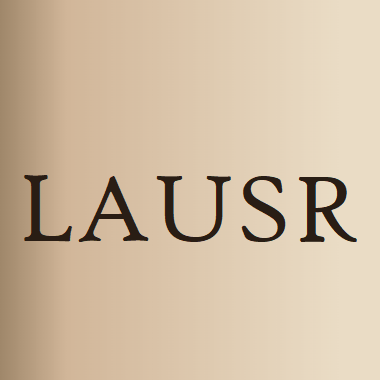
A 76-year-old man with history of endovascular repair of an infrarenal abdominal aortic aneurysm and right hypogastric artery embolization was found to have a persistent type II endoleak 2 years… Click to show full abstract
A 76-year-old man with history of endovascular repair of an infrarenal abdominal aortic aneurysm and right hypogastric artery embolization was found to have a persistent type II endoleak 2 years after his initial repair. Sac expansion by 1.6 cm during the following year prompted intervention by direct sac injection. Further sac expansion by 1 cm during 3 months elevated concern for occult proximal perigraft flow (type IA endoleak). We subsequently performed Aptus EndoAnchor (Aptus Endosystems, Sunnyvale, Calif) placement, with completion angiography demonstrating improved graft apposition. Interval imaging, however, demonstrated further sac expansion, and computed tomography (CT)-guided translumbar direct sac injection was performed (A). A total of 1 g of n-butyl cyanoacrylate was used. Completion CT showed glue cast filling of the endoleak sac with extension into the inferior mesenteric artery and secondary branches (B/Cover). After the procedure, the patient developed abdominal distention with focal peritonitis and was taken to the operating room for exploratory laparotomy. He was found to have a completely ischemic sigmoid colon requiring resection. Follow-up CT angiography demonstrated resolution of endoleak and decrease in the sac size by 0.6 cm (C). The patient’s consent has been obtained for the publication of this case report.
Journal Title: Journal of Vascular Surgery Cases and Innovative Techniques
Year Published: 2018
Link to full text (if available)
Share on Social Media: Sign Up to like & get
recommendations!